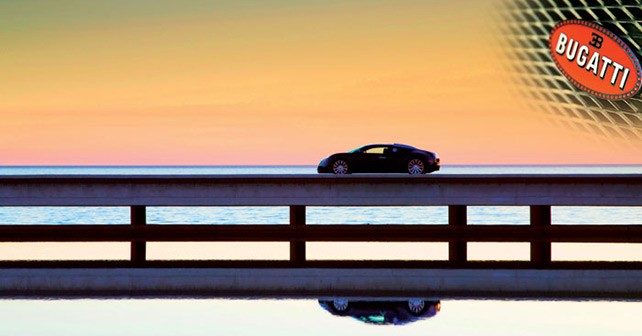
After a mere 350 cars sold in eight years, the end of the Veyron draws near. And for the Molsheim brand, it’s now time to decide what it wants to be when it grows up. And yet, no new models are in sight.
Three-hundred-fifty-seven cars sold in eight years. If it were any other brand, this balance would have unleashed a wave of firings and a lot of heads rolling. But this isn’t just any other brand. We’re talking about Bugatti – spearhead of the Volkswagen universe, the very symbol of luxury without limits, the essence of prestige and sheer pomposity. Thus, the meagre sales are to be interpreted as the typical paragon of exclusivity. But, in reality, what these paltry numbers sum up is a definite lack of success – despite all the product’s uniqueness. And though it may be true that at VW headquarters in Wolfsburg people aren’t hunting for a scapegoat (it was clear from the start that Bugatti represented an investment in image rather than in mass-production), it’s also true that the discussion surrounding the brand has livened up significantly, to put it mildly.
In any case, it’s time for a shake up at Chateau St. Jean in Molsheim, head office of the atelier. The Veyron, which still retains the record for the fastest production car in history (431.072km/h), is managing to stay in production by making special, tailor-made models – but its once unsurpassable benchmarks are being threatened by models that cost half as much. The production, for now, carries on (so much so that there’s a renewal till the end of 2014 for the contract with Ricardo for the supply of the seven-speed dual-clutch gearboxes), even if marketing the remaining Super Sport cars is turning out to be more difficult than expected. But, the time has come to face the challenge of the future, and it’s not an easy decision. Though pulling the plug completely remains quite improbable (if anything because of Piëch, who so fiercely wanted the Veyron, does not know the meaning of retreat), it’s now evident that Bugatti needs to decide what it wants to become. But to understand which direction the future will take is anyone’s guess. And this is quite bizarre coming from a group which has made product planning an absolute science. It’s also strange considering the fact that the brand, though steeped in a context in which communicative caution is a religion, has always known how to sow unexpected confusion every time it came to hypothesizing eventual growth strategies.
In 2004, when the car was yet to be released, the then acting manager Thomas Bscher (who had already replaced Karl-Heinz Neumann), immediately spoke of a second model in the works: “A four-seater coupe, not too big, light, costing no more than one hundred thousand euros,” whose scope it was to bring the magnitude of the brand to 2,000 units a year. This idea was unwelcome to Martin Winterkorn, who, in the meantime, had taken on the helm of Bernd Pischetsrieder. The result was that Bscher was fired out of the blue and replaced with Franz-Josef Paefgen, who in 2008 could not resist saying: “In four years, the Veyron will be substituted by a new supersports car.” It goes without saying that this car, like the former, was never to be seen. Not even the then CEO Wolfgang Dürheimer was above making grand declarations, confiding to the newspapers in 2011: “Very soon, we’ll have not only a successor of the Veyron but also a brand new four-door sedan derived from the concept Galibier, and it might also include a hybrid engine. By the third quarter of 2011, we will have defined the car’s characteristics. But we already know that we want to make 3,000 of them a year.” Two years have gone by, and we’ve lost all trace of the Galibier.
Rejected by the Bugattists
What’s for sure is that the curse of Ettore Bugatti, a man as brilliant as he was unlucky, has fallen on Volkswagen as well. The entire affair has been a continuous cause of embarrassment for the whole brand. In June of 1998, Piëch acquired the brand from Romano Artioli (who had previously got it from Hispano-Suiza). Fascinated by the idea of making “the most exciting and advanced car of all time,” as he defined it in 2000, the boss delved into a quagmire of head-scratching technical issues beginning with the weird intention of bringing into production the 18/3 Chiron designed by Fabrizio Giugiaro in 1999 as a purely stylistic proposition. Extraordinarily beautiful, but inept in terms of handling, and then there’s the phenomenal performance offered by the equally exceptional 16-cylinder engine on three cylinder banks. From that moment, it’s been an uninterrupted string of problems: redesigned bodywork, tyres unable to bear the speed, brakes that didn’t guarantee adequate stopping power (Brembo, in fact, opted out), excessive aerodynamic lift, absence of engine cooling, a transmission inadequate in managing 1,000+bhp. In other words, it was a cul-de-sac, which, in 2003, brought Pischetsrieder to block everything and begin anew. In the end, after a tragicomic series of postponements (culminating in the Laguna Seca embarrassment in front of a hundred potential clients, in which the scintillating Veyron managed to go off track twice in the same lap), the car hit the market only after a three-year delay. Also unfruitful was the strategy to sell the car to owners of vintage Bugattis, who held an almost mystical aura for the marque – therefore, they were identified by Wolfsburg as the ideal consumer base. In front of this monument to power and pomp, the Bugattists winced and frowned. They saw the Veyron as being too far removed from the brand’s dna, which was legendary for its agile and slim racing cars. The result, even here, was quite dismal – of the 2,700 collectors in the whole world, almost none of them were willing to shell out more than a million Euros to secure a second-millennium reincarnation of this masterpiece of yore. Thus, the brand chose as its new favoured clientele the Russian and Chinese ‘nouveaux riches’ who, with great pomp, went wild in requesting all sorts of costly and naff customized outfittings. This was a boon for the brand, which does all it can to please its munificent fans, almost to the point of reaching unprecedented exhibitions of servitude. In 2011, for his birthday, a Chinese man named Simon requested, and received, a model called Edition Merveilleux. In order to properly celebrate the occasion, all of the Bugatti executives, including the President, appeared in a specially produced video in which they sang a delicate “Happy Birthday Mister Simon.” The things people will do for money…
The accounts in your pocket
A millionaire in the red
Though the brand has always refused to release details, it’s well-known that Bugatti is losing money with every Veyron sold since the manufacturing costs are higher than what it sells for (which is an already terrifying figure). Really though, it’s inevitable considering the sophistication of all the components – the gearbox by itself costs slightly less than 100,000 Euros; four Michelin tyres are 25,000 Euros (if to be mounted on the rims – an operation that can only be done in the Molsheim factory – 50,000 Euros). It’s been calculated that, considering the number of manufactured cars and the necessary investment, every Veyron takes approximately 6.5 million Euros to make. Volkswagen was aware that the project wasn’t going to be profitable. But times have changed, and some people are starting to lose their nerve…
© Riproduzione riservata







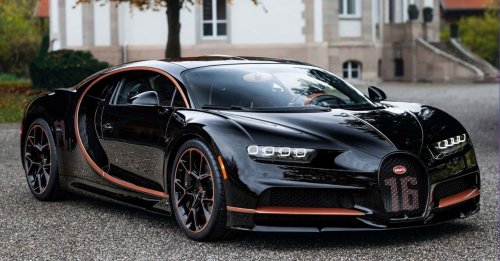
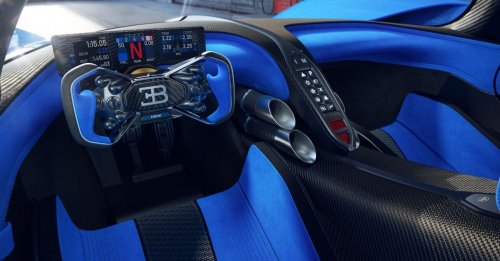
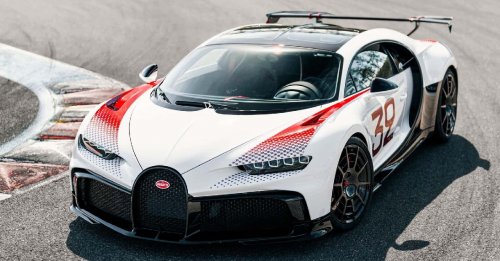
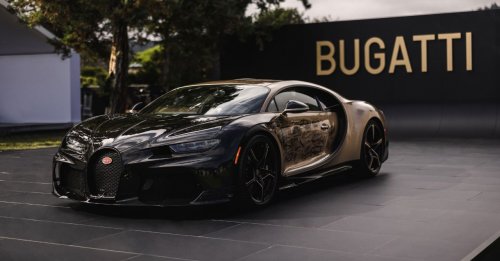
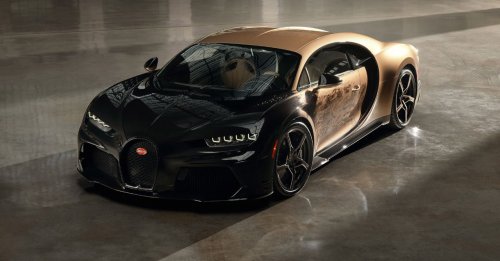














Write your Comment